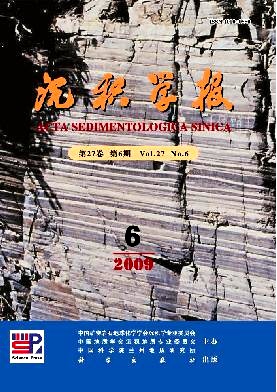Analysis of Effect of Water and Sediment Load and Evolution Trend of theDifferent Channel Patterns in the Lower Yellow River
- Received Date: 1900-01-01
- Rev Recd Date: 1900-01-01
- Publish Date: 2009-12-10
-
Key words:
- Lower Yellow River
Abstract: It is an important science problem that braiding, meandering and straight channel patterns appeared in the lower Yellow River. Some researches have studied this problem in different aspects. However, some existent insufficiencies still need to study. In this work, it is mainly studied the water and sediment load effect to the different channel patterns in terms of discharge and sediment load evolution, crosssection form responding to discharge, channel crosssection evolution, depositional rate of channel bed, channel width evolution, and the channel gross power. The results show that the main dominant process of formation of the different channel patterns is gently channel gradient, fine materials of channel bed, alternation of low water and floodwater, a little of coarse sediment input to the channel, and restriction of the artificial levees. The formation of the straight channel pattern is induced by the artificial levee restriction. This channel pattern will be persistent with the decreasing suspended sediment load and mean discharge in recent decades and the restriction of the artificial levees. In the meandering reach the channel lateral migration is still evident, channel is narrowed gently, and the depositional rate on channel bed is the most among the three channel patterns. However, the higher depositional rate is unlikely to change the channel gradient of the lower Yellow River. The gross power of the braiding channel reach is higher than that of the other channel pattern reaches. Strong erosion and deposition occurred in braiding reach and lead to frequent change of the elevation and location of the channel bed and midchannel bars. It is evident the gross power of the braiding channel decreased in rent decades which must lead to the end reach of the braiding channel tend to meandering, namely, the meandering channel may be outspread upwards in limited length. In many management ways for the Yellow River basin the building of reservoirs and check dams in the upper and middle river basin is the effective work to hold up a great deal of coarse sediments and reduce the depositional rate in the lower channel bed. Of course, the building of artificial levees is necessary to avoid the bank crevasse but it needs to be adaptive with the different stability of the different channel patterns.
| Citation: | WANG Suiji. Analysis of Effect of Water and Sediment Load and Evolution Trend of theDifferent Channel Patterns in the Lower Yellow River[J]. Acta Sedimentologica Sinica, 2009, 27(6): 1163-1171. |






 DownLoad:
DownLoad: